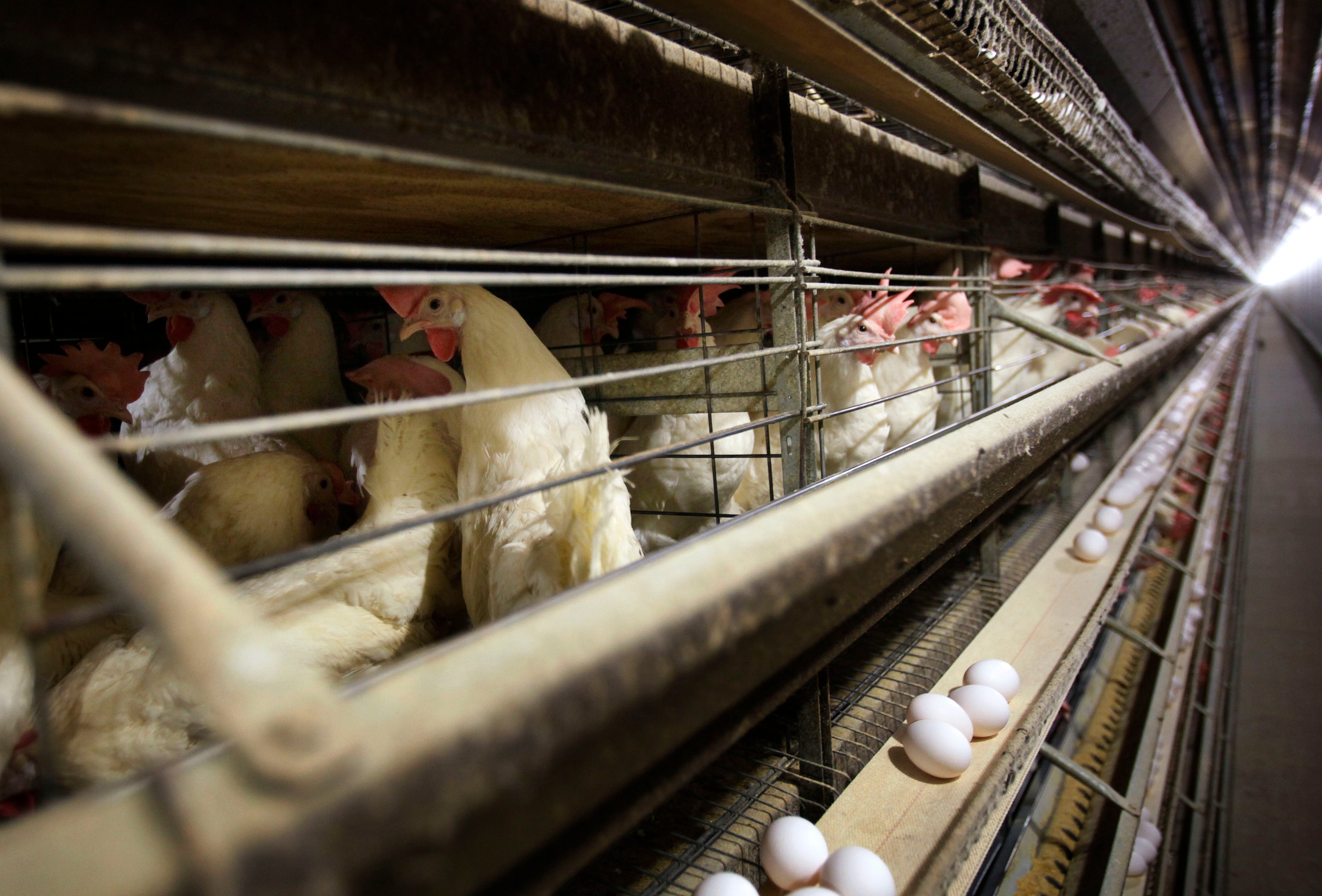Avian Influenza Outbreak in Colorado: Colorado Bird Flu

Colorado bird flu – Colorado is currently experiencing an outbreak of highly pathogenic avian influenza (HPAI), commonly known as bird flu. The outbreak has affected both wild birds and domestic poultry, causing significant losses to local bird populations and the poultry industry.
The recent outbreak of bird flu in Colorado has raised concerns among poultry farmers and health officials. The virus, which is highly contagious and can be fatal to birds, has already led to the culling of millions of chickens and turkeys.
To learn more about the outbreak and its potential impact, visit glenn youngkin wiki. This informative website provides comprehensive information on the virus, its symptoms, and the steps that can be taken to prevent its spread. Stay informed and protect your flocks by staying up-to-date on the latest developments in the Colorado bird flu outbreak.
Impact on Local Bird Populations
The HPAI virus is highly contagious and can spread rapidly among birds. Wild birds, including waterfowl and raptors, are particularly susceptible to the virus. The outbreak has led to the deaths of thousands of wild birds in Colorado, including species such as Canada geese, mallards, and bald eagles.
The recent outbreak of bird flu in Colorado has raised concerns among poultry farmers and bird enthusiasts alike. The highly contagious virus has already led to the culling of millions of birds, and experts warn that the situation could worsen in the coming weeks.
As the news spread, morning joe discussed the implications of the outbreak, highlighting the potential impact on the poultry industry and the importance of taking preventive measures to contain the virus.
Impact on Poultry Industry
The outbreak has also had a significant impact on the poultry industry in Colorado. Several commercial poultry farms have been affected, leading to the culling of millions of chickens and turkeys. The outbreak has disrupted the supply chain and led to increased prices for poultry products.
Containment and Prevention Measures
State and federal agencies are working to contain the outbreak and prevent its further spread. Measures being implemented include:
- Quarantining infected flocks
- Restricting the movement of poultry and poultry products
- 加强生物安全措施
- Surveillance and testing of birds
Bird Flu Transmission and Symptoms

Bird flu, also known as avian influenza, is a highly contagious viral infection that can affect birds and humans. The virus can spread in various ways, including direct contact with infected birds, their secretions, or contaminated surfaces.
Transmission in Birds
Among birds, bird flu can spread rapidly through close contact in poultry farms, live bird markets, or other areas where birds are densely populated. The virus is primarily transmitted through respiratory droplets and fecal matter. Infected birds shed the virus in their saliva, nasal discharge, and feces, contaminating the environment and exposing other birds to the infection.
Transmission to Humans
Humans can contract bird flu through direct contact with infected birds or their secretions, or by handling contaminated poultry products. The virus can enter the human body through the eyes, nose, or mouth. In rare cases, bird flu can also spread from person to person through close contact with an infected individual.
Symptoms in Birds, Colorado bird flu
Common symptoms of bird flu in birds include:
– Respiratory distress, such as coughing, sneezing, and difficulty breathing
– Swollen and discolored head and neck
– Lethargy and loss of appetite
– Diarrhea
– Sudden death
Symptoms in Humans
In humans, bird flu can cause a range of symptoms, including:
– Fever and chills
– Cough and sore throat
– Muscle aches and fatigue
– Nausea and vomiting
– Diarrhea
– Eye infections
– Pneumonia
Risks and Precautions
Bird flu can pose a significant risk to both birds and humans. To minimize transmission, it is essential to take the following precautions:
– Avoid contact with sick or dead birds.
– Practice good hygiene, such as washing hands frequently and avoiding touching the face.
– Cook poultry products thoroughly before eating.
– Vaccinate poultry to reduce the spread of the virus.
– Report any suspected cases of bird flu to the appropriate authorities.
Response and Management
In response to the outbreak, the government and health organizations have taken prompt action to contain the spread of the virus and protect public health.
A comprehensive plan has been implemented, encompassing quarantine measures, surveillance protocols, and testing initiatives. Collaborative efforts between local authorities and veterinary services are crucial in ensuring effective management of the outbreak.
Quarantine Measures
To prevent further spread, infected flocks are immediately quarantined. This involves restricting movement of poultry and eggs from the affected area and implementing strict biosecurity measures to minimize contact with other birds.
Surveillance and Testing
Ongoing surveillance is conducted to monitor the spread of the virus and identify new cases. This involves regular testing of poultry and wild birds, as well as environmental sampling.
Rapid diagnostic tests are used to detect the virus, enabling timely isolation of infected birds and implementation of appropriate control measures.
Reporting and Collaboration
Reporting suspected cases of avian influenza is crucial. Poultry owners and the public are urged to report any signs of illness or unusual behavior in birds to local authorities or veterinary services.
Collaboration between different stakeholders, including government agencies, veterinary professionals, and the public, is essential for effective outbreak management and prevention of further spread.